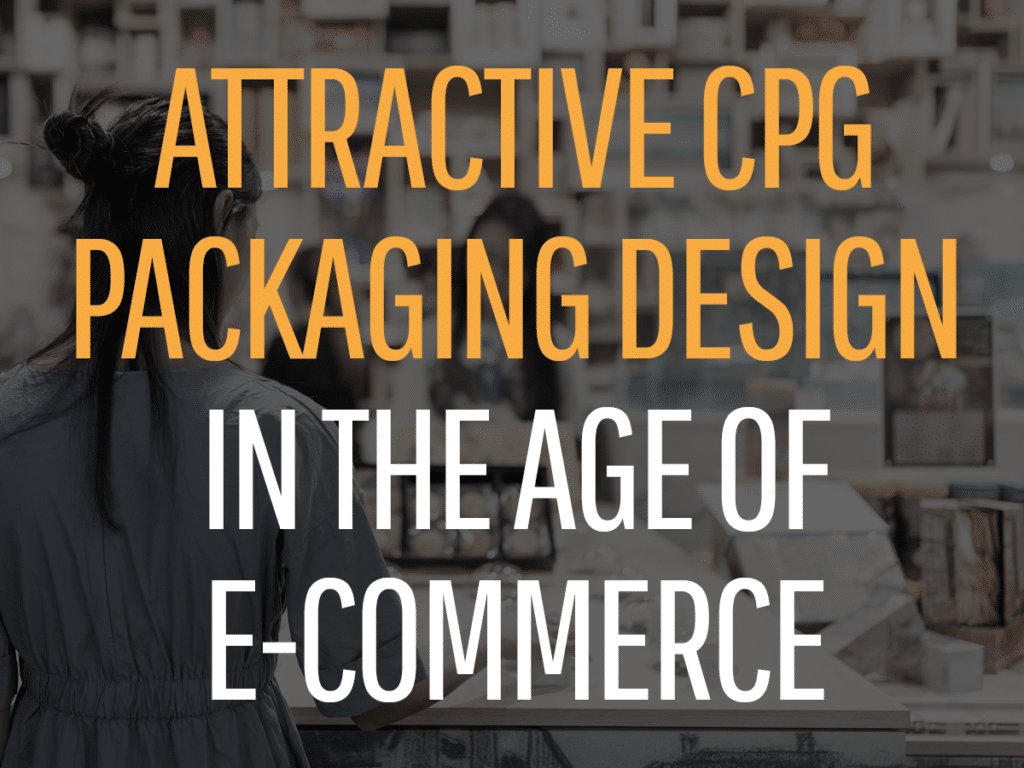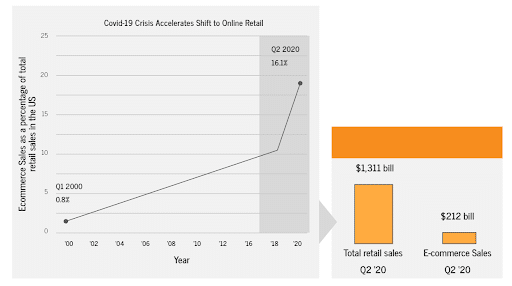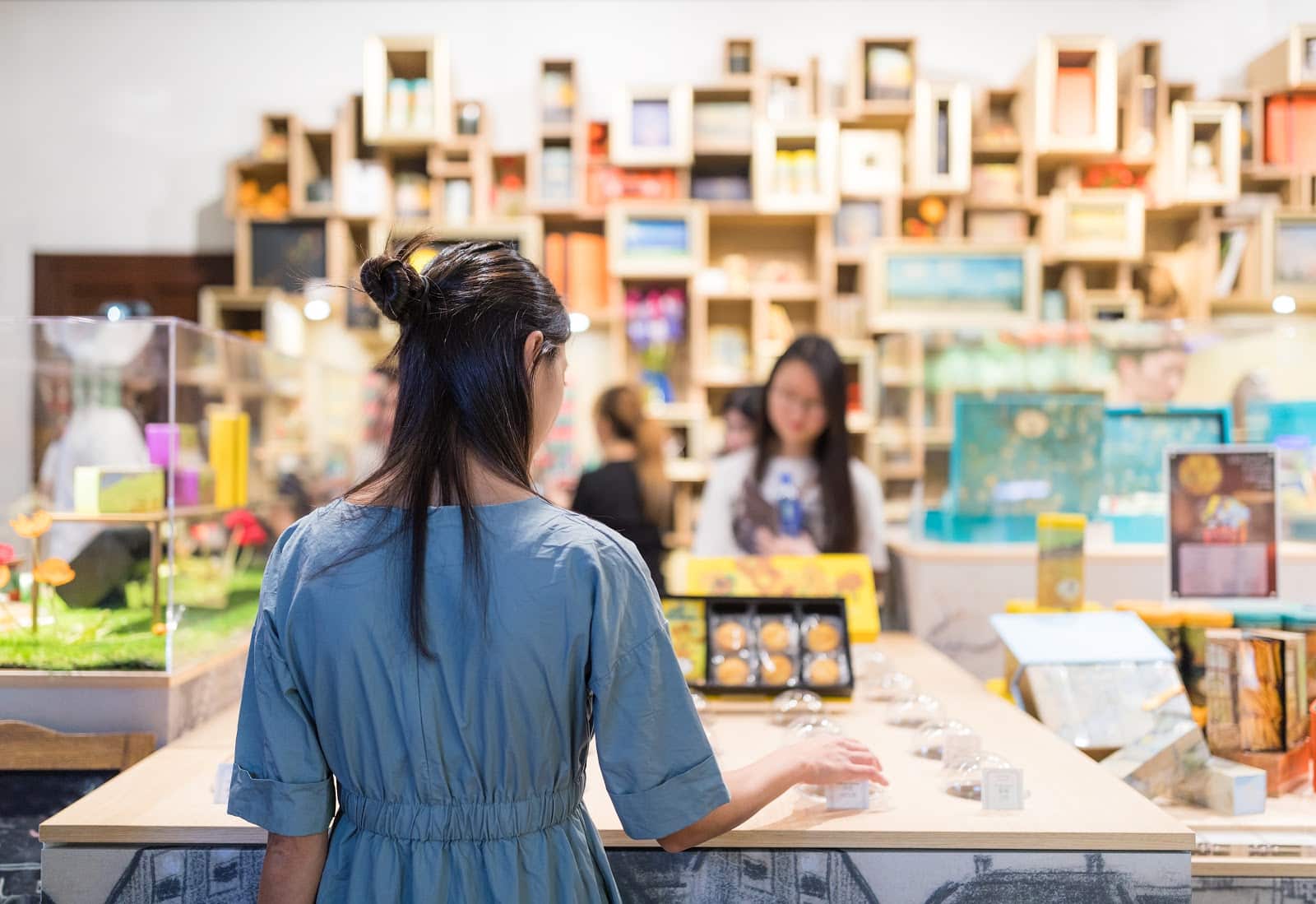As more consumers are buying CPG brands online, how can your brand attract consumers with packaging design?
In the recent past, many consumer packaged goods brands (CPG) and fast-moving consumer goods brands (FMCG) relied on in-store sales. But with the impact of COVID and the rise of e-commerce, the ground is rapidly shifting.
CPG brands need to adapt and seduce consumers in a whole new way. Selling through online channels requires brands to strengthen their identity and update their packaging design systems to stand out and attract consumers’ attention on crowded digital platforms.
What can you do to refresh your brand identity and packaging design to attract customer attention in this new normal environment?
The Importance of a Strong Brand Identity and Package Design in the Age of E-commerce
In a rising sea of competitors, it’s extremely challenging to stay top of mind. The good news is that a well-crafted brand identity refresh can help you achieve success and more.
A familiar brand exudes a sense of comfort, which reassures consumers during a time of uncertainty. Not to mention, when shoppers are making purchasing decisions in split seconds online, a strong brand identity can help you stand out, get clicks, and drive conversions.
A powerful package design system is the core of your brand identity so your products become instantly recognizable in a sea of thumbnails. When you apply a consistent system to package design across a product line, you strengthen brand recognition. This strategy can entice existing customers (and their friends and family) to try other items, and develop brand loyalty.
For example, Harry’s razors used direct-to-consumer marketing and niche package design to communicate a “high-end razor performance and feel at an affordable price.” Following their success in the men’s razor market, they applied the same niche brand identity approach to launch Flamingo, a women’s razor and skincare brand. Flamingo cuts through the clutter of personal-care products by building connections with women through its carefully crafted brand image. In conclusion, a well-chosen CPG packaging design can create a quick connection and loyalty.
How To Refresh Your CPG Brand Identity and Packaging Design Now
A brand identity refresh is often easier said than done, especially when you have to think differently to adapt to new channels and drive more sales in the age of e-commerce. How should you go about a brand refresh exercise? Here are a few pointers we’ve learned from the trenches:
Be Instagram-Friendly
Brands and product packaging help people express their own identity. Many people like to share pictures of the products they use on social media, such as Instagram. How does this impact your bottom line? Instagram phenom Bang Energy drinks leveraged its 1.4 million followers to generate almost $300 million in multi-outlet sales, while only spending $2,200 on traditional media in 2019.
So what can you do to get more attention from Instagram’s 1.2 billion users?
With more people posting videos of themselves opening packaging, consider the unboxing experience. You need to consider how it looks in photos and videos. It’s time for a facelift if your CPG packaging isn’t doing your brand justice in the age of social media and user-generated content.
- Make your packaging frustration-free to enhance the unboxing experience. Nobody will post a video of themselves wrangling with a package!
- The packaging should look attractive from all angles. Use colors and designs that will look distinctive and great on camera under various conditions.
- Your brand’s design and color palette should communicate with an unmistakable visual voice that expresses the brand personality so it’s instantly recognizable and iconic.
- Align the packaging materials with your brand values. For example, use eco-friendly material to communicate a message around sustainability. It’s more important than ever to most consumers.
Be E-Commerce Focused
As more consumers are purchasing CPG and FMCG brands online, how well is your packaging design addressing the digital shopping experience? Here are some ways to be more successful:
Make sure the details of your packaging design are recognizable and display well in photos of any size. The design should help your items stand out in a sea of thumbnails on a search results page. Since many people make a split-second decision on whether to click on a thumbnail, know your audience and make sure your packaging resonates with their core values and sense of identity.
Just like being Instagram-friendly, your package design needs to look great from all angles. Most product pages show photos of an item from different perspectives and may offer a 360-degree view or a video. Since online shoppers won’t be able to pick up an item, make the shopping experience more tangible by showing an image of the product in action. This step helps consumers visualize the item.
Adapt to the Rise of Personal Shopper Services
As more consumers are turning to personal shopping services to take care of their day-to-day purchasing needs, your packaging design should make it easier for personal shoppers to find your brand as well as the exact flavors/varieties for their clients. If your product line is not easily shoppable, it needs to be refreshed.
Understand the main selection criteria in your category and ensure the packaging communicates a clear message on how your products meet those specific needs. Different aesthetics appeal to different demographics. Therefore many personal shoppers make decisions based on how your design reflects the preferences of a client’s generation and price range.
Your package design system should also be consistent and easily recognizable. If a consumer expresses a preference for one item in your product line, a personal shopper can easily find your other products and be confident that their client will enjoy the selection.
Conclusion
Our New Covid Reality and The Rise of e-Commerce is rapidly accelerating online sales of CPG and FMCG brands. Your packaging design absolutely affects how a product is perceived in the e-commerce environment. It also influences whether people will be compelled to talk about using the product in reviews and on social media to drive more sales.
CPG packaging design will continue to evolve as shopper behaviors change and new ways to shop emerge. How will you refresh your brand identity and CPG packaging design system to stay current with consumer trends and preferences?







